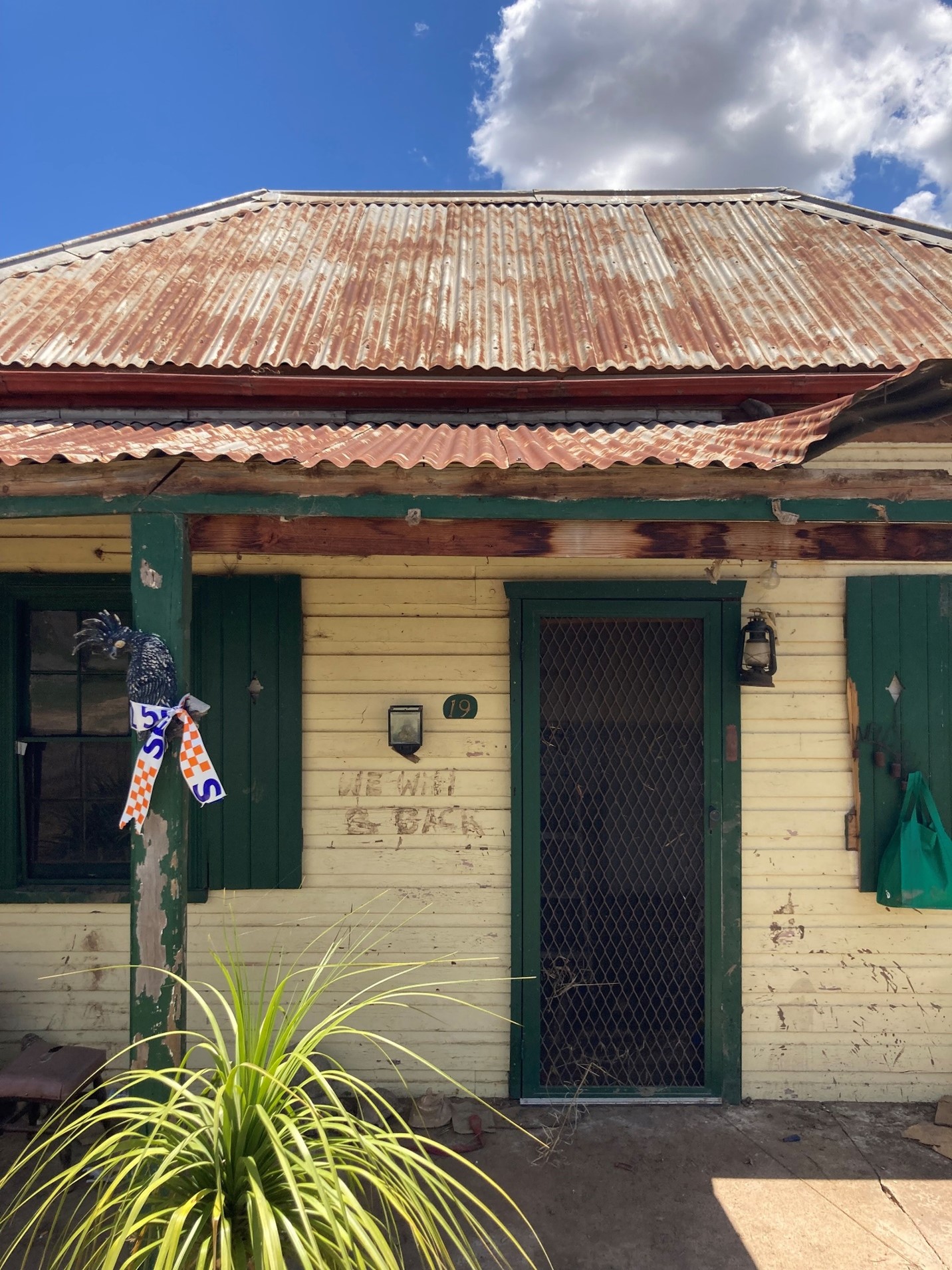Across Australia and internationally, governments are increasingly recognising the benefits of embedding community expertise in disaster prevention, preparedness, response and recovery – the key stages of emergency management.
In NSW, the Reconstruction Authority (RA) recently released the draft Disaster Adaptation Plan (DAP) Guidelines, which are underpinned by an inclusive and participatory approach to engaging communities in these stages of emergency management.
Evidence shows that upfront investment in community resilience reduces the cost to government in the long-term. The Queensland Reconstruction Authority’s analysis of its Betterment Fund found that more than $397 million in reconstruction costs were avoided across a number of projects involving repeat disasters.
At Urbis, we work with our clients to encourage shared ownership of resilience outcomes between them and their communities. By genuinely involving communities in disaster planning and response, agencies stand to access synergy in resilience: better outcomes driven by an interplay of community and agency expertise.

